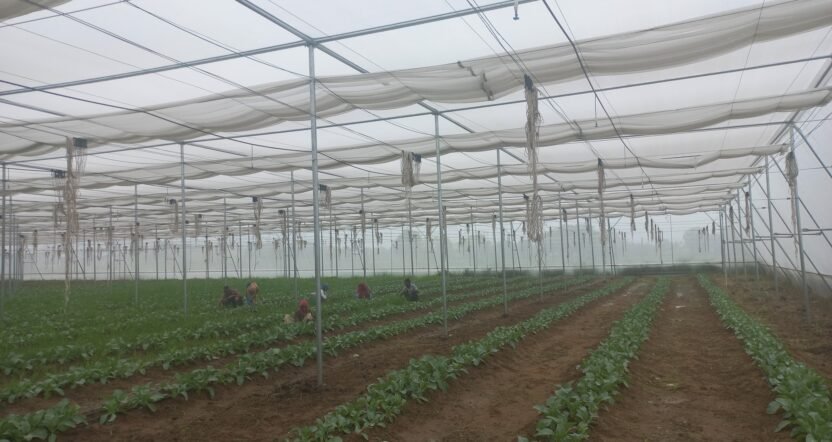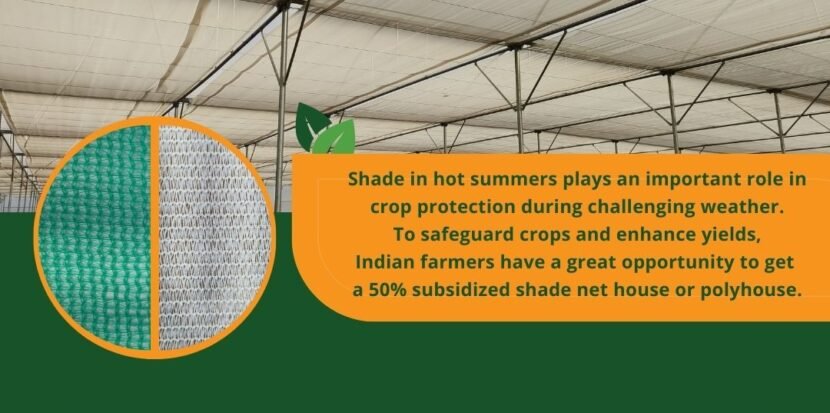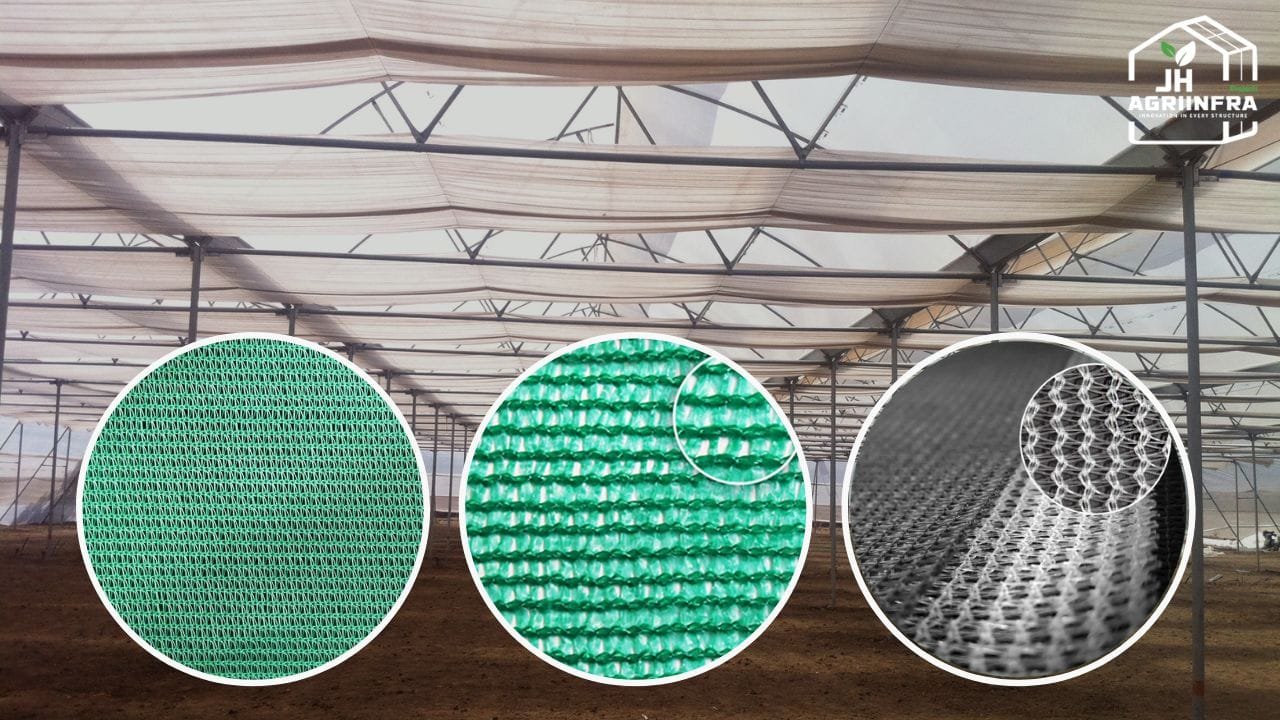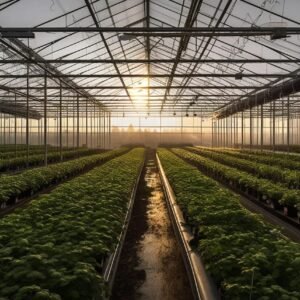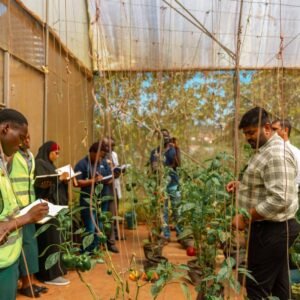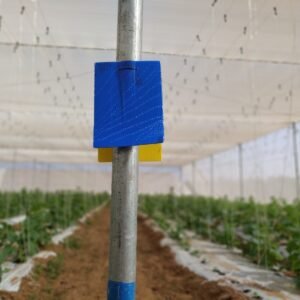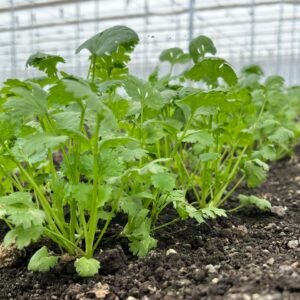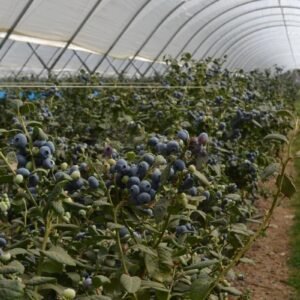Summer can be a challenging time for crop producers and growers. The intense sunlight and scorching heat can put crops under immense stress, leading to reduced yields and even crop failure. Shade nets are a simple yet highly effective tool for protecting summer crops.
They are made from lightweight, UV-stabilised materials that filter sunlight, making it less harsh for your plants. By reducing the intensity of direct sunlight, shade nets help keep the temperature lower inside the covered area. This is particularly useful during scorching summer months when extreme heat can damage crops.
Installing shade nets over your crops can make a big difference in their growth and yield. The nets act as a barrier, blocking excessive sun and keeping the environment cooler. They also allow air to flow, which helps in reducing humidity and preventing fungal diseases. Additionally, shade nets can protect crops from birds, insects, and other pests, reducing the need for chemical pesticides
🌞 Advantages of Using Shade Nets in Summer
1. 🌡️ Temperature Regulation
Shade nets reduce the temperature around the crops by reflecting and partially absorbing sunlight. This helps maintain a cooler environment, reducing heat stress and enabling faster, healthier growth.
2. 🌞 Protection from UV Rays
Shade nets are designed to block harmful UV radiation, protecting delicate crops from sunburn and UV damage. This ensures that crops stay vibrant and healthy even during peak summer months.
3. 💧 Improvement in Water Efficiency
One of the major benefits of shade nets is reducing evaporation, thereby increasing water retention. By blocking excessive sunlight, the soil stays moist for a longer period, reducing irrigation needs and saving water.
4. 🌾 Enhanced Crop Yields
With controlled temperature and moisture levels, crops experience reduced stress, which directly contributes to better growth rates and higher yields. Shade nets help maintain optimal conditions, resulting in improved crop quality.
5. 🌩️ Protection from Extreme Weather
Besides sunlight, shade nets provide a protective barrier against strong winds, hail, and heavy rainfall. This shields crops from physical damage and minimizes losses, especially in regions prone to erratic weather patterns.
6. 🐛 Pest Infestation Prevention
Hot and dry conditions often attract pests like spider mites, whiteflies, and aphids. Shade nets make the environment less conducive for these pests, acting as a natural deterrent and reducing the need for chemical pesticides.
Types Of Shade Nets:
- Mono x Mono: Strong, durable, made from monofilament in both directions.
- Mono x Tape: Monofilament one way, tape the other; good strength and lightweight.
- Tape x Tape: Tape in both directions; lightweight, less durable, cost-effective.
- Knitted Shade Net: Flexible, tear-resistant, good for greenhouses.
- HDPE Shade Net: UV stabilized, various shading levels (30%-90%).
- Aluminet Shade Net: Reflective, cools temperature, ideal for greenhouses.
🌞 Shade Nets FAQ 🌿
- What are shade nets used for?
Shade nets are used to protect crops, plants, and livestock from excessive sunlight, UV radiation, and harsh weather conditions. They help regulate temperature, reduce evaporation, prevent pest infestations, and enhance crop yields.
- How do shade nets reduce temperature?
Shade nets work by partially reflecting and absorbing sunlight, creating a cooler microclimate underneath. This helps reduce heat stress on plants and promotes healthier growth, especially during hot summer months.
- Can shade nets block harmful UV rays?
Yes, shade nets are designed to block a significant percentage of UV radiation. Depending on the type and color of the net, they can block up to 90% of UV rays, protecting crops from sunburn and UV damage.
- What types of shade nets are available?
Shade nets come in different shading percentages (e.g., 30%, 50%, 75%) and colors (like green, black, white, and red). The choice depends on the crop type, climate conditions, and intended use.
- Are shade nets suitable for all crops?
Not all crops thrive under shade nets. They are most beneficial for heat-sensitive crops like leafy greens, nursery plants, flowers, and shade-loving vegetables. Choosing the right shading percentage is crucial to match the crop’s needs.
- Can shade nets help reduce pest infestations?
Yes, shade nets can act as a physical barrier to some pests, such as whiteflies and aphids. Additionally, by lowering temperature and humidity, they make the environment less favorable for pest proliferation.
- How do I choose the right shade net for my needs?
Consider factors like crop type, local climate, shading percentage, and intended purpose (e.g., sun protection, pest control, or both). Consulting an agricultural expert can help determine the best option for your specific requirements.
👉 In greenhouses, install with a sliding layer for optimal flexibility and protection.
For more information and to explore our range of shade nets, click here

